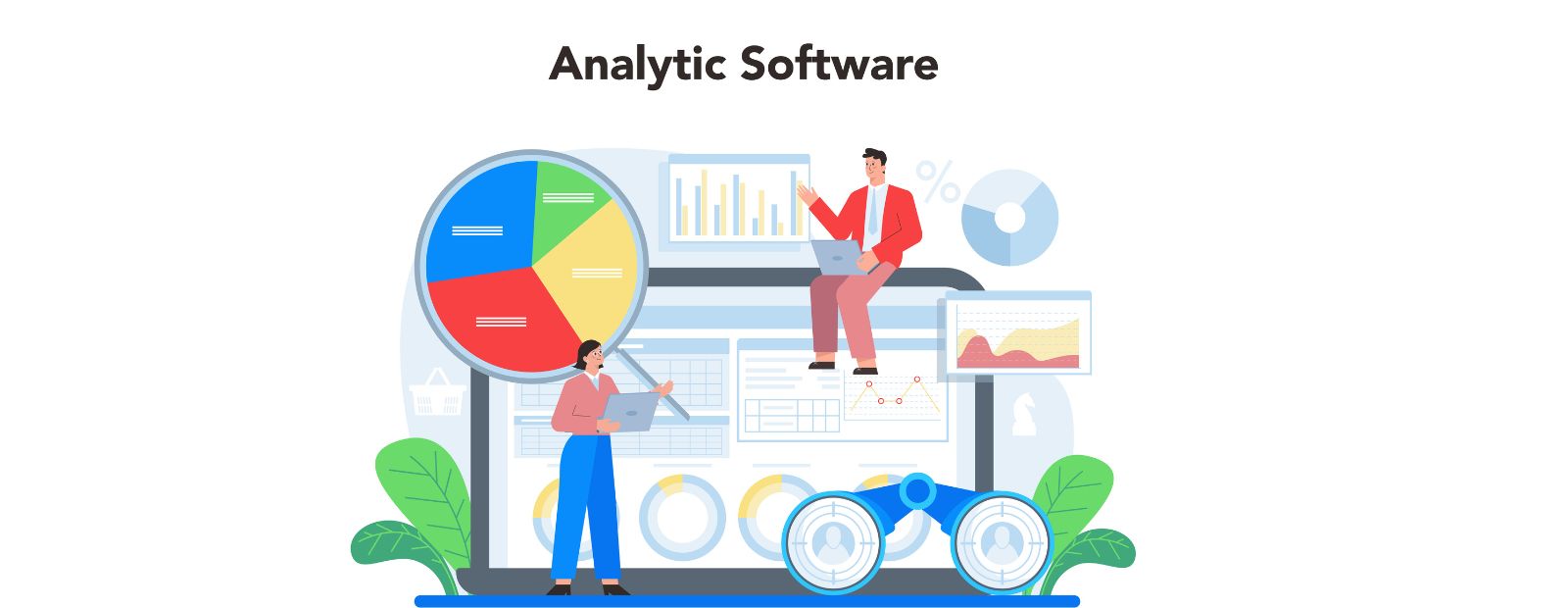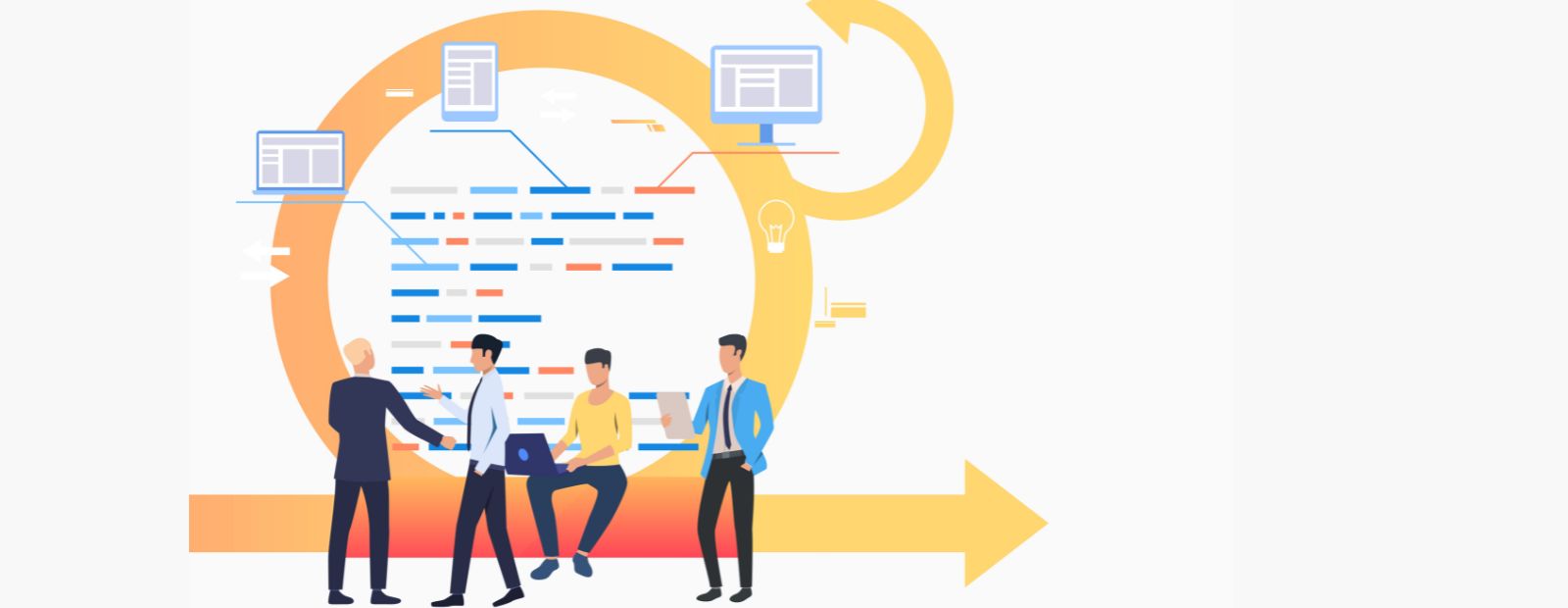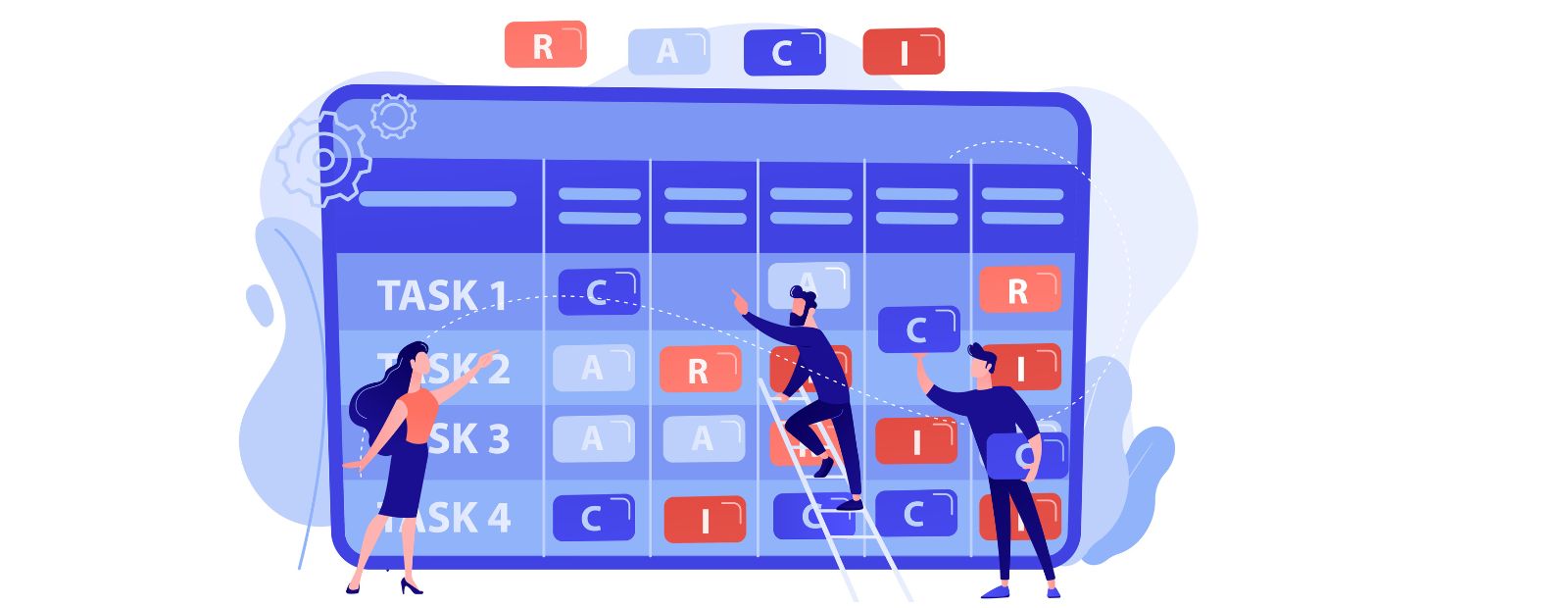Connect with us

Instant Messaging vs Email! Why is The Former Better Than The Latter?
Instant Messaging vs. Email has been at war for many years as communication tools. Since you utilize instant messaging (IM) over emails more often, later is no longer relevant. However, a specific subset of users sees instant messaging as a very bothersome tool.
Kindly refer to the below explicit definitions to understand the difference between Email and IM.
Table of Contents
What is Instant Messaging?
Instant messaging is an online chat that enables real-time text transfer across a computer network or the Internet. Messages are often sent between two or more people via a shared network when each user enters text, which causes a transfer to the recipient. Email verification is vital for email integrity, but its direct relevance to instant messaging is limited. Some instant messaging platforms use email verification during user registration for added security and user authenticity. In essence, email and instant messaging have distinct communication needs and security considerations.
What is Email Communication?
Email is a program that allows users to communicate with one another by exchanging information. In other words, the electronic version of a letter is an email. People can exchange emails swiftly thanks to a global email network. Email is the electronic transmission of messages stored on computers between users and one or more recipients.
Email communication is becoming more accessible daily, prompting effective email marketing strategies. Traditional methods may have compelled marketing professionals to manually enter the recipient’s email address, but now all they have to do is find email addresses using the data.
Let's start with its origin before delving into the dispute between Email vs Instant Messaging.
Origin of Instant Messaging
Before the development of instant messaging software, a significant amount of communication was done via mobile networks using fee-based Short Message Services (SMS) with considerations for TCPA compliance. Bill costs had a reputation for being as good as the distance if the message transaction involved states or other nations. The message's word count also determined the charges. As a result, the message's body could only include a few lines, and sending an audio or video became a laborious and time-consuming process for individuals relying only on email services.
Most people have a false impression that BlackBerry Messenger (BBM) invented instant messaging; some think that Yahoo Messenger started just because it was invented before WhatsApp's launch. However, it began long ago in the 1960s, ridiculing all ideas. The Massachusetts Institute of Technology's (MIT) Compatible Time-Sharing Systems (CTSS) was one of the first multi-user operating systems to support instant messages. CTSS had a 30-user restriction and only provided the bare minimum of privileges, such as allowing users to log in and send messages to one another.
Origin of Email
Through some RFCs, conventions for sending mail messages via the File Transfer Protocol were developed. The first network mail sent over the ARPANET (Advanced Research Projects Agency Network) in 1971 used the address syntax with the '@' symbol representing the user's system address. In the 1970s, new email networks first appeared, later expanding.
On the ARPANET, the Simple Mail Transfer Protocol (SMTP) protocol, was first introduced in 1983. LAN email systems started to appear in the middle of the 1980s.
However, due to some circumstances, the SMTP, POP3, and IMAP email protocols currently used on the Internet have started showing dominance in the market.
The number of Email users started surging daily, owning to the compulsion of conforming to the evolution. Business, defense/military sectors, governmental, academic, and others started using it widely in the 1980s and 1990s. Later general users started using it in the mid-1990s with the introduction of webmail and email providers.
How did the rivalry ignite between Instant messaging and Email?
A gaming company developed the Slack team chat app for internal communication. Slack later made its public debut in 2013 through a direct public offering. As a result, some businesses began using it to make the switch to emails. More chatting apps, like Troop Messenger, were timely released and outperformed Slack's quality in response to its success.
Initially, employees or users struggled to decide whether to communicate with colleagues via instant messaging or Email. However, users begin using it effectively once they comprehend the difference between Email and instant messaging based on the gravity of communication. Yes, methods of communication in the workplace have changed with instant messaging replacing emails, but only partially due to the severity mentioned above.
Approximately 4.26 billion people use Email globally, more than 3 million emails are sent out every second, and 80% of users check their Email daily, according to a study. Over two billion people worldwide actively use the instant messaging app, in contrast.
Instant Messaging vs Email: Reasons that would reassure you that IM is a better choice
Explore the advantages of instant messaging by reading the reasons listed below that can also assure you to use IM.
Multi Tasking
Instant messaging platforms offer multiple features that assist teams in performing multiple tasks from one UI, negating the reasons to scatter between multiple platforms and saving their productive time. To elaborate, it offers chat, audio/ video calls, file exchange, screen sharing, remote access, conferences, and other features, that enhance team communication.
Email service platforms may offer fewer features than an instant messaging platform, but effective email communication in the workplace can be achieved by establishing communication rules.
Content
Do you know that some employees, especially new hires, find it difficult or time-consuming to write "Dear" or "Respected" in emails to their superiors or managers? One of the primary advantages of email communication is that Email is considered a documented fact in some corporate companies. With that said, Every Email must follow specific rules, which take up your time for unnecessary and essential emails. These criteria include a cover letter (if necessary), a subject in concise terms, a greeting, a salutation, a body, and a signature.
If it's a social messenger, you can be yourself. If it's instant messaging for business, you need to be professional and communicate the message in chunks to communicate appropriately.
This characteristic makes IM the undisputed Email vs. instant messaging business champion.
Enhanced Collaboration
You can only send information to many recipients via Email, entering the multiple recipients' email IDs; once they respond, you must check each recipient's Email individually. But you have to spend time worrying about whether the recipient of your Email has read it, which is terrible for your mental health.
With the help of instant messengers, you can set up several groups to which you may send messages along with Delivery Time and read status information. However, it will enable you to start one-on-one or group audio/video calls whenever you like, fostering collaboration.
Strengthens the relationship between Teams
You can use an email service platform to help you transfer the message, document your information, and other things. However, it is ineffective at fostering a sense of teamwork.
Security messaging platforms protected data exchange throughout the pandemic while allowing team members to connect remotely with colleagues, managers, and other individuals via video calling or conference modules, strengthening their relations.
Security and Data Privacy
Emails are more susceptible to hacking than instant messengers, so take it or leave it. Regardless of whether email service providers use the highest level of security, hackers nonetheless access the data.
Market-available encrypted messaging apps are incredibly safe and take every precaution to protect users' data. Troop Messenger is an example of self-hosted software that can secure data thanks to its top-notch security standards, which led Defense organizations to choose it as their Defense communication tool.
SPAM
Email spam has become an everyday occurrence. It's one of the primary factors in users' preference for instant messaging over Email.
Spammers transmit their unwanted messages in bulk through a variety of communication channels. Some of these are commercials promoting unsolicited goods. Besides spam messages may persuade you to divulge personal information, spread malware, or persuade you that you must pay to resolve a problem.
Users were forced to begin unsubscribing from newsletters, unwanted emails, and other sources. However, this didn't stop the flow, so they were forced to adopt email management software like MailTrim to eliminate SPAM. In contrast, instant messaging platforms have advanced settings that don’t allow an unknown user to send messages.
Over-Communication
It would only take a few floors or cabins for various teams in the company to connect. While working remotely, teams prefer to send multiple emails to communicate everything from minor details to important information. Nevertheless, you are still required to find email addresses to send the emails. Some employees tend to stray from the topic, share no longer relevant information to explain comprehensively and refrain from sending repeated emails, which causes misinterpretation.
As a result, when working remotely, your inbox will be flooded with emails compared to working in an office. Like everyone else, you can only spend some of your working hours checking emails, deleting spam, and replying to critical emails while neglecting your other tasks. However, you might miss essential emails if you check your emails out of obligation. In some cases, you might not be able to ask your higher-ups not to send an email for a minor issue; all you can do is abide by it, and continue to consume your time, extending your working hours.
Instant messaging functions differently, where being specific allows you to say more with fewer words. It doesn't cause misinterpretation because you can explain the information clearly, and communications are received and sent instantly.
Do you recognize that this trait precisely and succinctly discusses instant messaging proficiency? Hence, in the battle between instant messaging and Email, IM emerges as the undisputed victor.
Conclusion
Whether Email or instant messaging, it is undeniable that both communication methods have played a significant role in global digitization. They have become essential communication tools enabling businesses to shift more quickly than ever to stay competitive digitally. But since IM emerged as the clear victor in the argument between instant messaging vs. Email, picking the best tool shouldn't be difficult.
Remember the quote, ‘The secret of change is to focus on building the new. Not fighting the old.’








